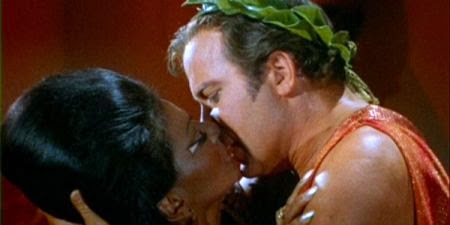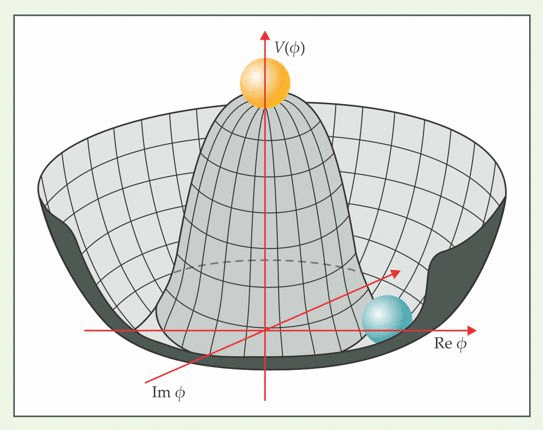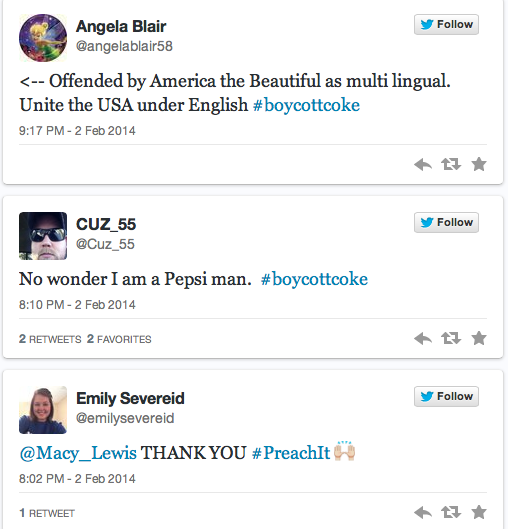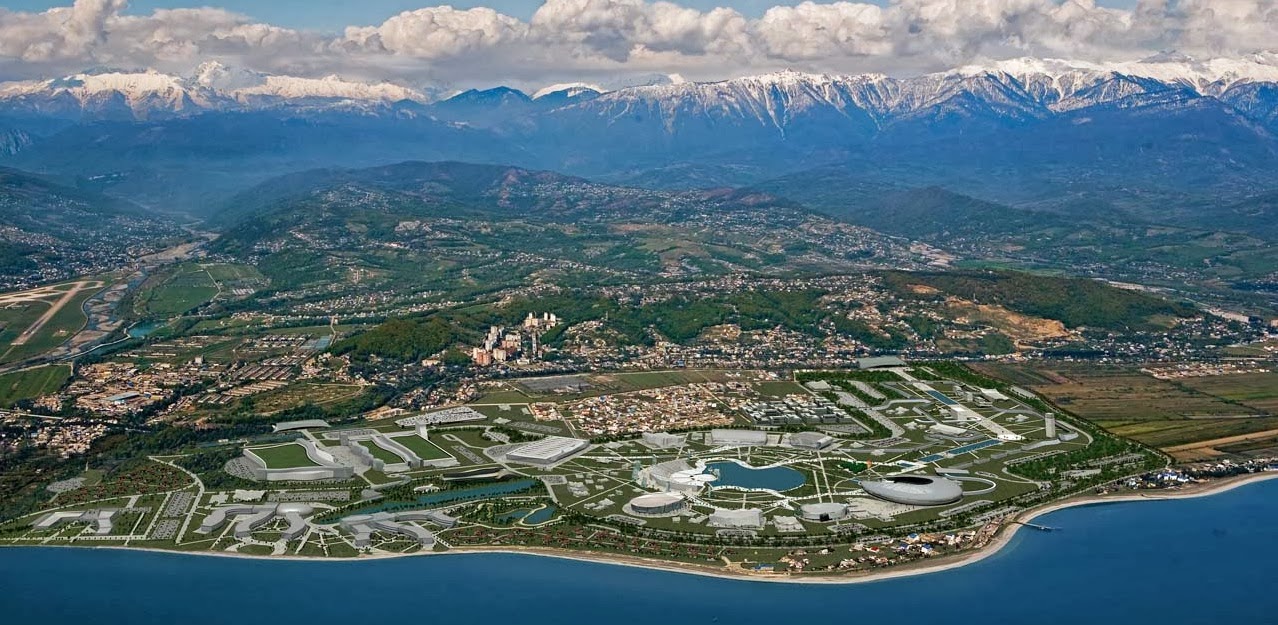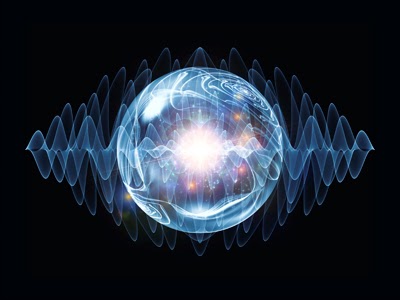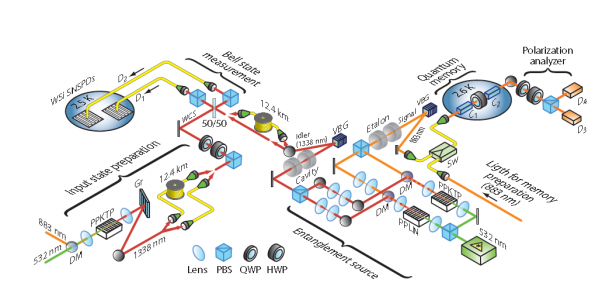 |
| Source: NASA link below |
YVONNE DARLENE CAGLE, M.D. (COLONEL, USAF)
SPACE AND LIFE SCIENCES DIRECTORATE
JOHNSON SPACE CENTER
PERSONAL DATA: Born in West Point, New York, but considers Novato, California, to be her hometown. Enjoys jigsaw puzzles, juggling, skating, hiking, music, writing, public speaking, historical novels.
EDUCATION: Novato High School Novato, California, in 1977; received a bachelor of arts degree in biochemistry from San Francisco State University in 1981, and a doctorate in medicine from the University of Washington in 1985. Transitional internship at Highland General Hospital, Oakland, California, in 1985. Received certification in Aerospace Medicine from the School of Aerospace Medicine at Brooks Air Force Base, Texas, in 1988. Completed residency in family practice at Ghent FP at Eastern Virginia Medical School in 1992. Received certification as a senior aviation medical examiner from the Federal Aviation Administration in 1995.
ORGANIZATIONS: Boys and Girls Club; Aerospace Medical Association; Third Baptist Church. American Academy of Family Physicians.
AWARDS: Outstanding Young Women of America; National Defense Service Medal; Air Force Achievement Medal; United States Air Force (USAF) Air Staff Exceptional Physician Commendation; National Technical Association Distinguished Scientist Award; Commendation Marin County Board of Supervisors; Commendation Novato School Board.
EXPERIENCE: Dr. Cagle’s medical training was sponsored by the Health Professions Scholarship Program, through which she received her commission as an officer with the United States Air Force, and subsequently was awarded her board certification in family practice. During her initial active duty tour at Royal Air Force Lakenheath, United Kingdom, she was selected to attend the School of Aerospace Medicine at Brooks Air Force Base, Texas. In April 1988, she became certified as a flight surgeon logging numerous hours in a diversity of aircraft. She was actively involved in mission support of aircraft providing medical support and rescue in a variety of aeromedical missions.
NASA EXPERIENCE: During May 1989, while a flight surgeon assigned to the 48th Tactical Hospital, United Kingdom, Dr. Cagle volunteered to serve as the Air Force Medical Liaison Officer for the STS-30 Atlantis Shuttle Mission to test the Magellan Spacecraft. She was assigned to the Trans Atlantic (TAL) Landing site at Banjul, West Africa, to provide emergency rescue and evacuation of the shuttle crew should it have been required. Dr. Cagle has contributed on-going data to the Longitudinal Study on Astronaut Health, and served as a consultant for space telemedicine. She was a member of the NASA Working Group and traveled to Russia to establish international medical standards and procedures for astronauts. She also conducted health screenings of Mir-18 consultants from the Russian Federation.





